* Note - Species names may not be accurate here. I'm not an expert at identification, though I did my best. Any corrections are appreciated!
I recently made a goal to go hiking on a regular basis. One of the local Conservation Authorities manages several areas nearby that are available for hiking, and I've taken to exploring one of them almost daily. For something else to keep me occupied, I decided to attempt to catalogue as many species as possible in the area. Gives me another goal to work on, keeps me outside, and gives me a chance to practice my identification skills. I intend to use this post as a catalogue of the species I come across (mainly focusing on plants), and will aim to update it regularly as I find more species.
One of the areas I've been exploring runs through a valley, and consists of protected Carolinian forests, and the Authority's wetland restoration project. Ontario's Carolinian forests are highly threatened, to a point of being considered the province's most threatened ecological region. The Carolinian Zone consists of primarily deciduous forest, tallgrass prairies, wetlands and streams. The 'Old Growth' region is entirely forested, while the 'Wetland' region consists of the restored wetland, first built in 2006, surrounded by more Carolinian forest, and a pine forest in the hills.
* May 16 Update - I started exploring some more areas, including areas owned by another local Conservation Authority. While I intended this post to be for one area, I've decided to include multiple areas, as they're all in close proximity with similar habitat-types.
________________________________________________________________________________________________________________________________________________________
[1] Below: These are Tussilago farfara, or more commonly known as Coltsfoot. These were introduced to my area, most likely by travelers as a medicinal plant. Tussilago has been used in herbal medicine for a variety of ailments, but later turned out to be harmful due to toxic alkaloids in the plant.
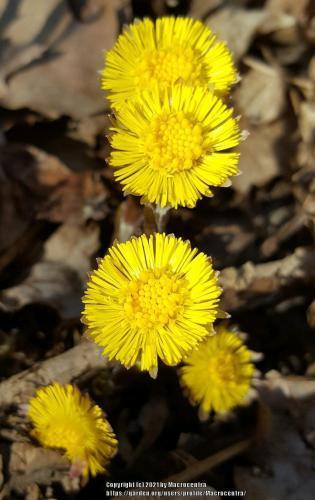
[2] Below: Sanguinaria canadensis (Bloodroot), is a herbaceous, perennial plant native to eastern North America. These are quickly becoming abundant in the area, and are cropping up in large groups.
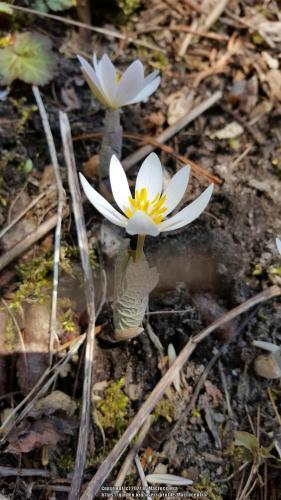
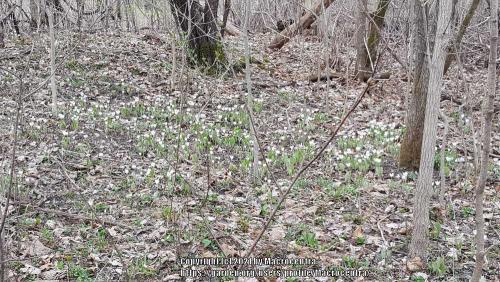
[3] Below: Erythronium americanum (Yellow trout lily). These are also native to North America, and are quite widespread. They're also abundant in this area, growing in large groups. This one had some beetle pollinators.
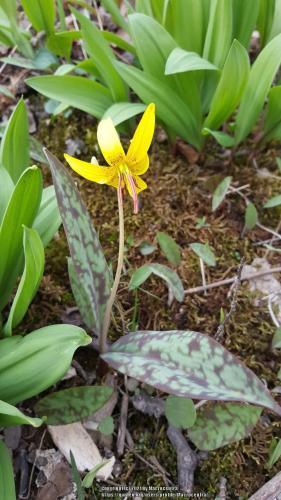
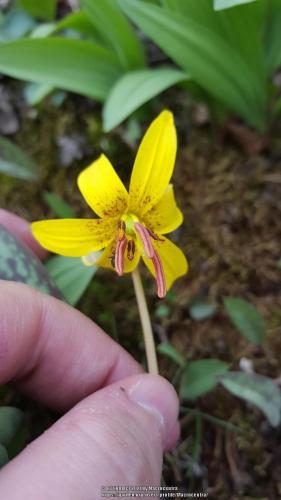
[3] Below: More Erythronium americanum emerging.
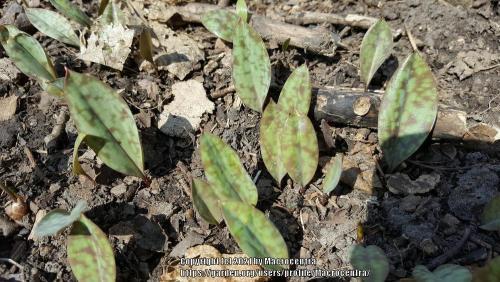
[4] Below: I think these are Claytonia virginica (Virginia springbeauty)? Also native to eastern North America. I haven't come across a lot of these yet, and the few I did find, are all growing very close to the base of a tree.
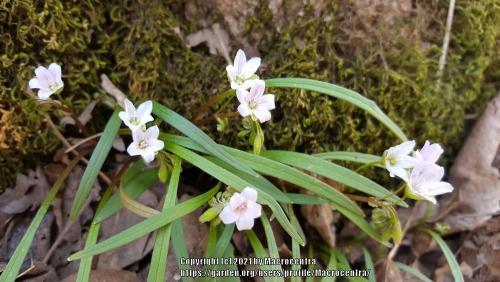
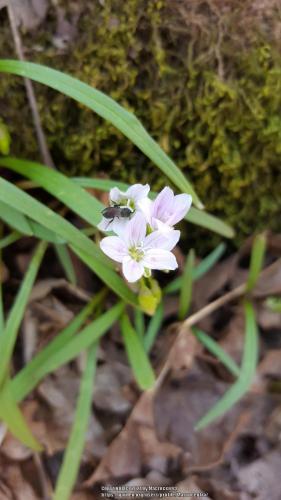
[5] Below: Erigenia bulbosa (Pepper-and-Salt). These are also called Harbinger-of-Spring because they're one of the earliest blooming wildflowers in eastern North America. Another native here.
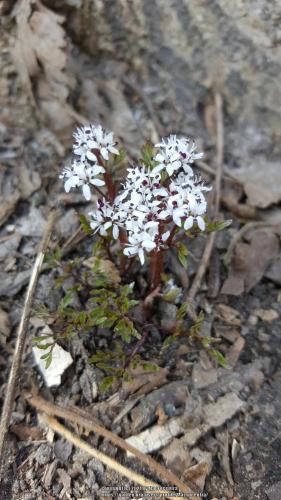
[6] Below: Cardamine concatenata (Cutleaved toothwort). A perennial woodland wildflower native to eastern North America.
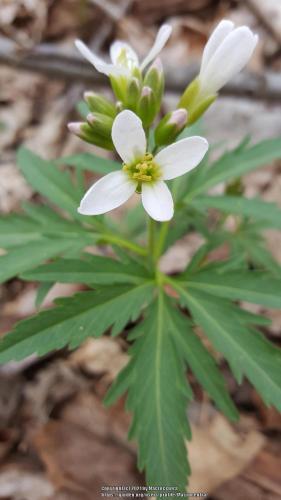
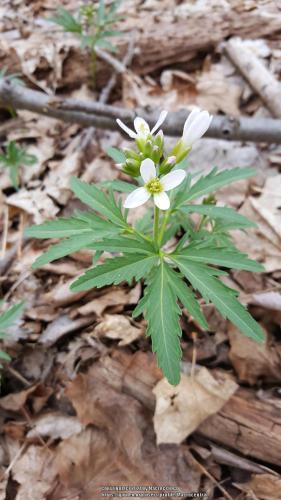
[7] Below: Having trouble identifying this one. I believe it's in the genus Anemone, or a relative. Just haven't narrowed it down to an exact species. All the ones I've found so far, consistently have white blooms with six petals. There are native Anemone species, so this will likely be a native species as well.
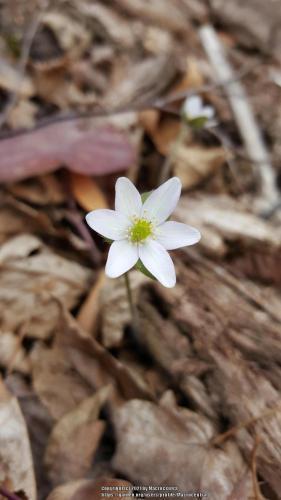
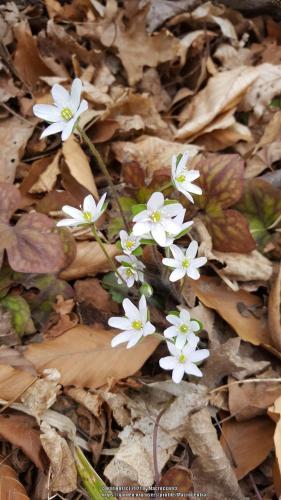
[8] Below: I think this is Fragaria vesca (Wild strawberry / Woodland strawberry)? Only found a few small specimens in one area. I'll be keeping an eye on these for blooms or fruits later in the season, in hopes of confirming the ID. There are two other native species that could also be a match.
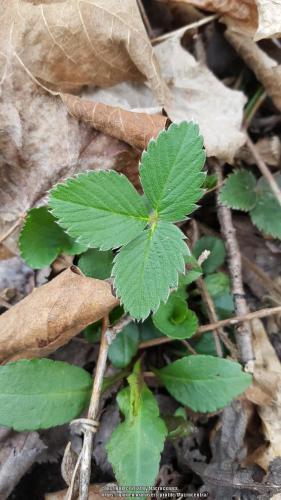
[9] Below: I believe this is Erodium cicutarium (Common stork's bill).
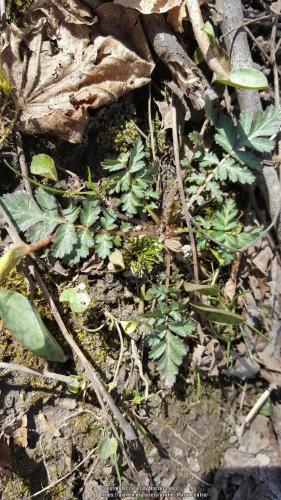
[10] Below: No ID on this one yet. They're very abundant in this area. Possibly in the Plantago genus? May need to wait for blooms to get a better idea of what these could be.
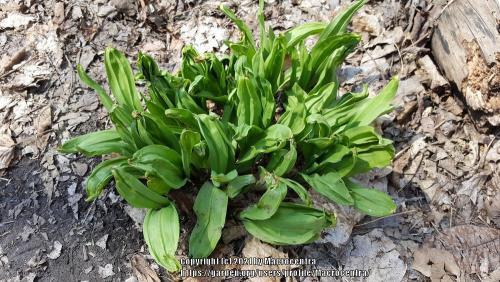
[11] Below: No ID. Only found one of these, growing on a decaying tree. Looks like something from the mint family.
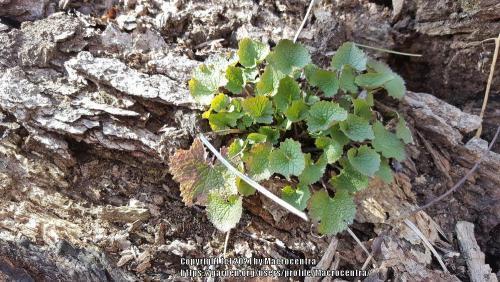
[12] Below: There's some lovely mosses in the area. I have zero experience identifying moss species, so these could be a challenge.
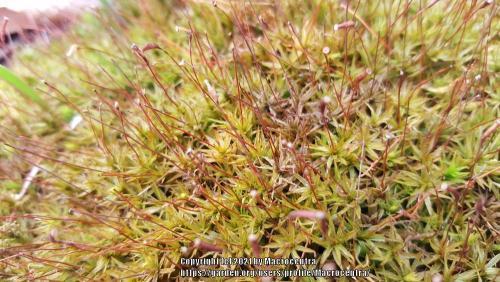
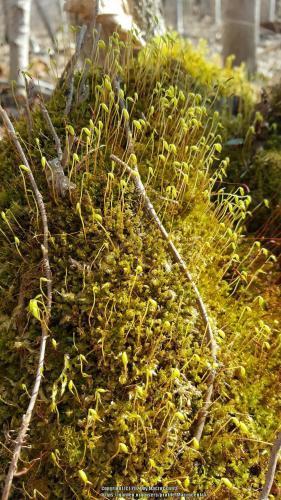
* NEW - May 16 UPDATE
[13] Below: Anemone quinquefolia (commonly called Wood Anemone or Windflower).
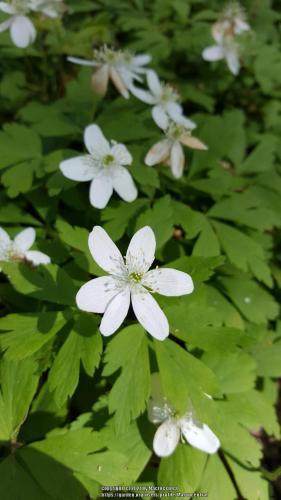
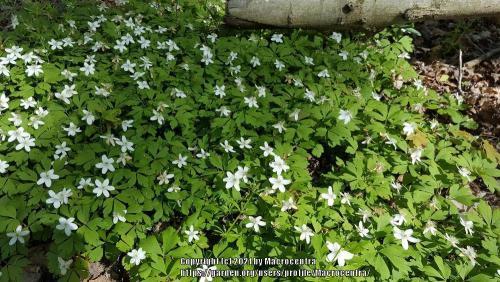
[14] Below: Arisaema triphyllum (Jack-in-the-Pulpit). I was excited about this find. I haven't actually seen them around before, but suddenly, this particular forest I've been exploring lately exploded with them. They're everywhere!
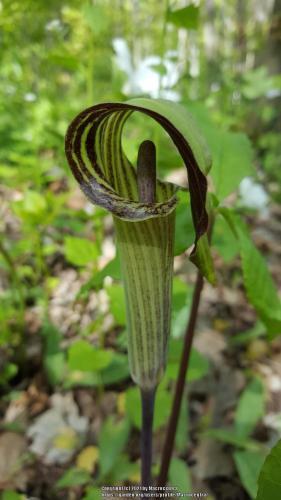
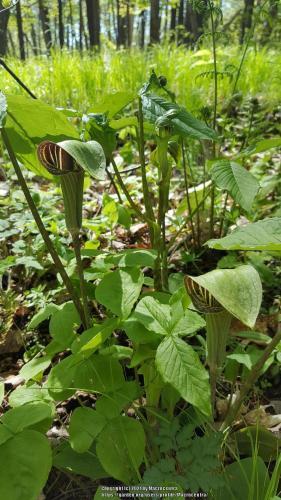
[15] Below: Phlox divaricata (Wild Blue Phlox, or Woodland Phlox).
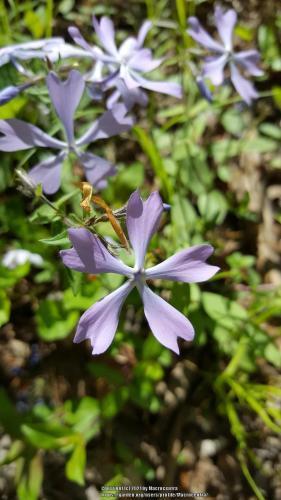
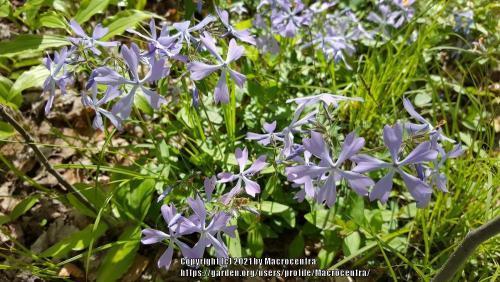
[16] Below: Viola rostrata (Long-Spurred Violet). A native species in the violet family.
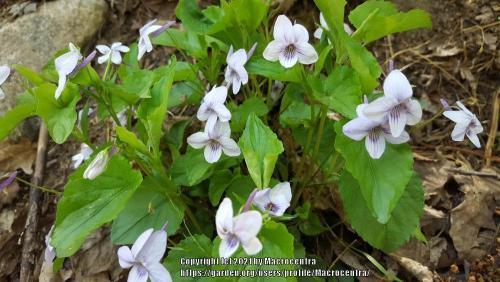
[17] Below: Viola pubescens (Downy Yellow Violet). Another native in the violet family.
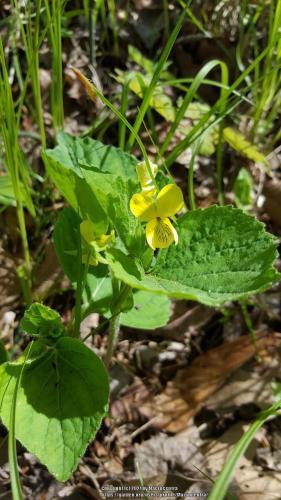
[18] Below: Taraxacum campylodes (Common Dandelion).
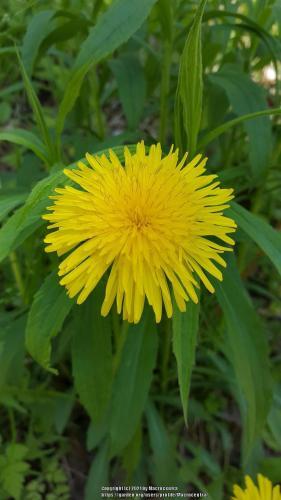
[19] Below: Geranium maculatum? (Wild Geranium, or Wood Geranium).
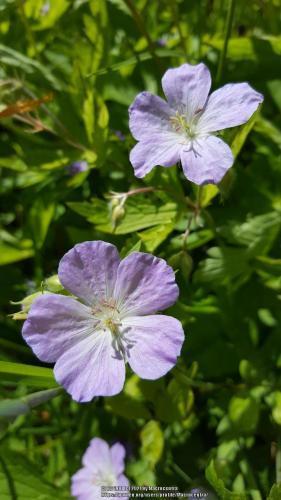
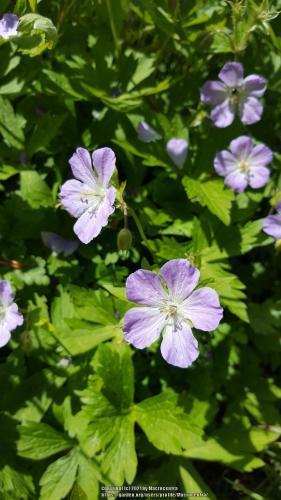
[20] Below: Trillium grandiflorum (Great White Trillium). Not sure why I didn't post these earlier, given they're everywhere right now. They're also our Provincial flower in Ontario!
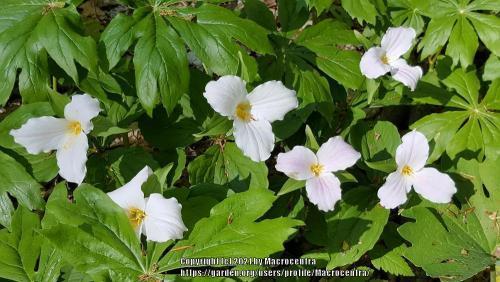
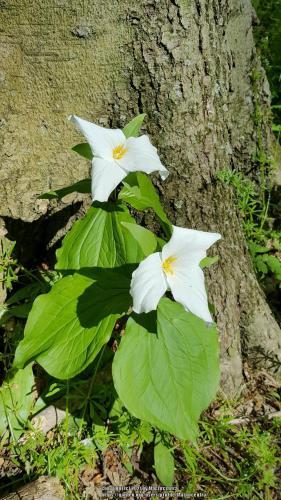
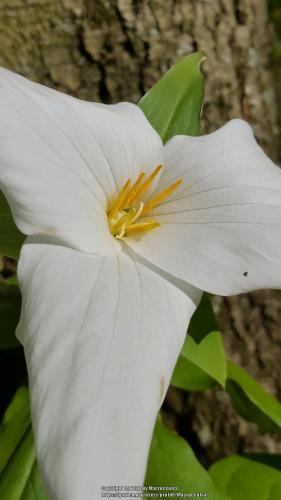
[20] Below: You can find Trillium grandiflorum in pink too!
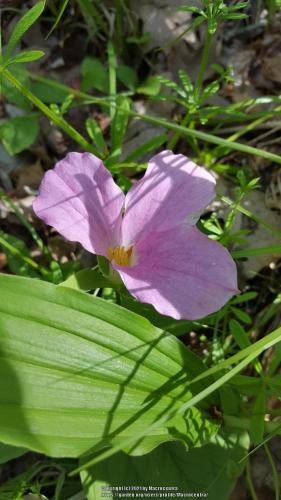
[21] Below: Trillium erectum (Red Trillium).
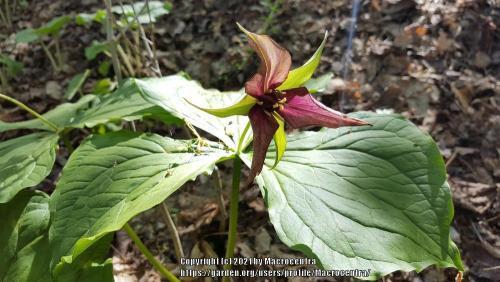
[22] Below: Mitchella repens (Partridge berry).
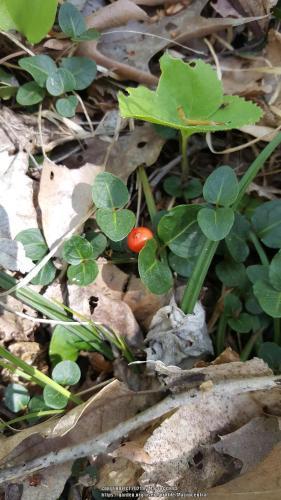
[23] Below: Sambucus nigra? (Elderberry). I'm not super confident in this ID, as there's a few close lookalikes.
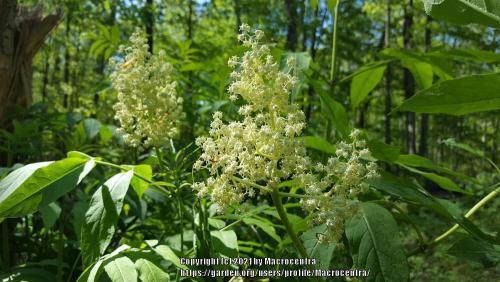
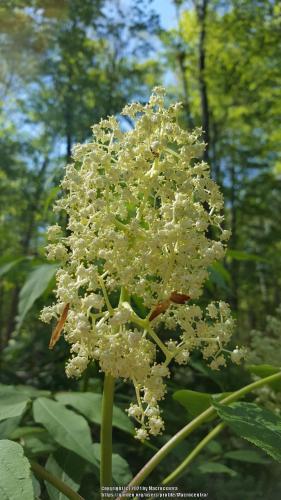
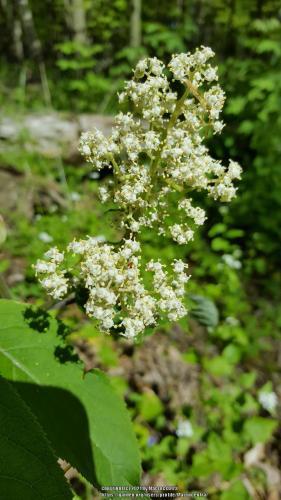
[24] Below: No ID on these little guys yet. I'll have to get a closer picture to help with identification.
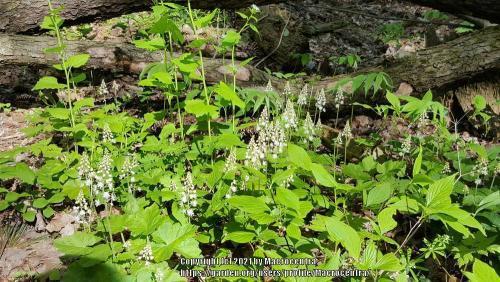
[25] Below: Maianthemum racemosum.
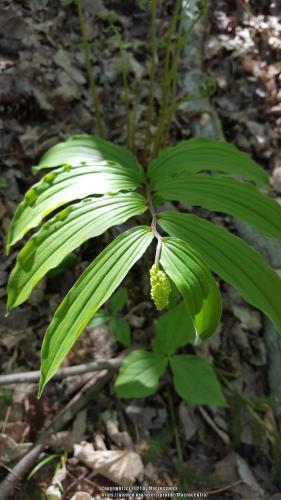
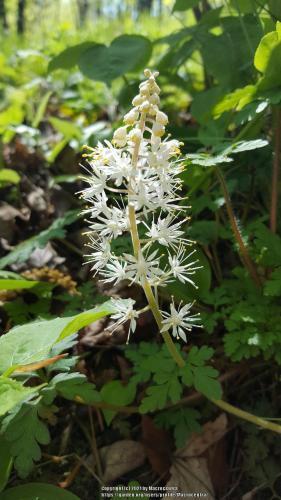
[26] Below: Galium odoratum (Sweetscented Bedstraw).
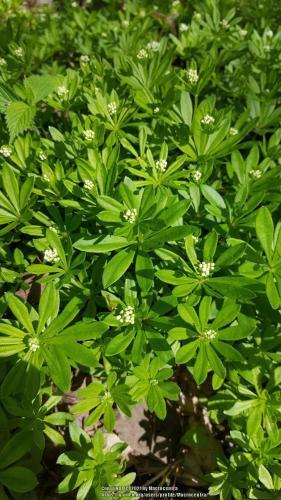
[27] Below: No ID. I'm no good at identifying ferns or fern-like plants. There's quite a few different ones beginning to emerge in the area, so I may need to do some research.
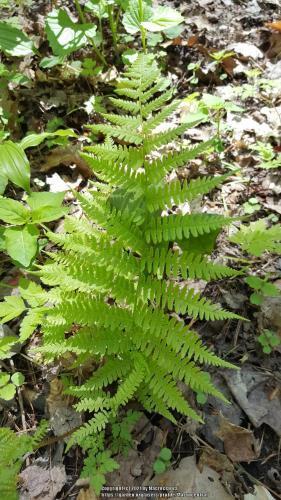
[28] Below: Petasites japonicus? (Great Butterbur). Found a large group of these near a marsh area. If the ID is correct, then it isn't native and was introduced.
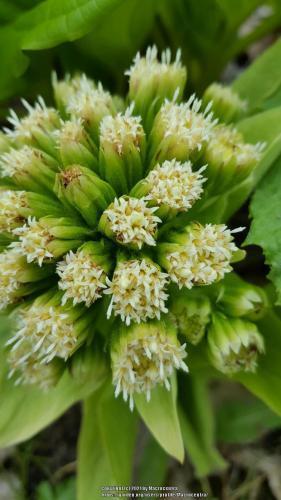
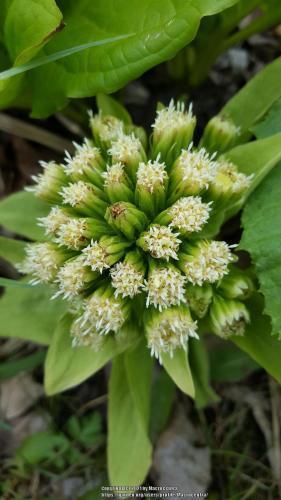
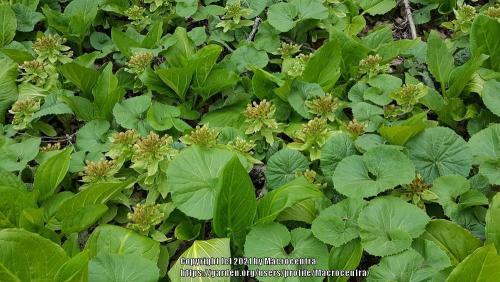
[29] Below: Caltha palustris (Marsh Marigold). Native to marshes. I only found them growing right in the water.
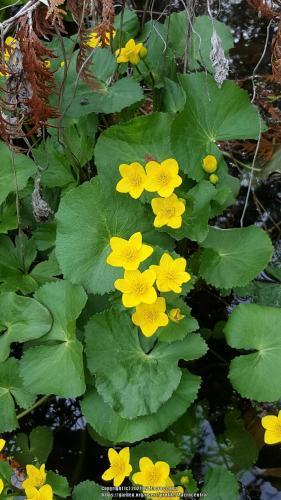
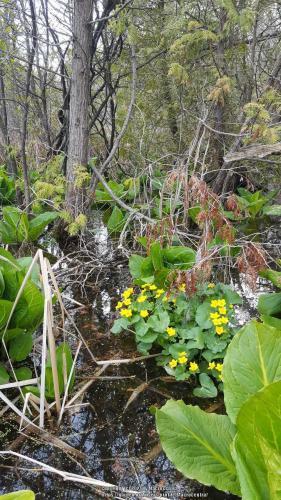
[30] Below: Vinca minor (Common Periwinkle). Invasive species in my region.
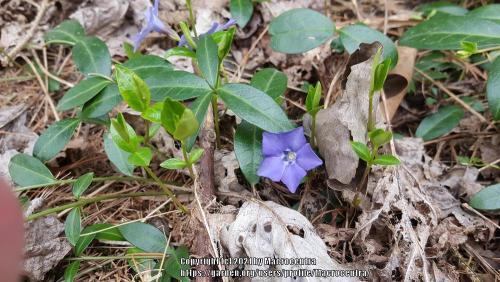
[31] Below: Prunus spinosa? (Blackthorn). May also be Prunus cerasifera (Cherry Plum), but it sounds like P. spinosa is more likely to be found in my area.
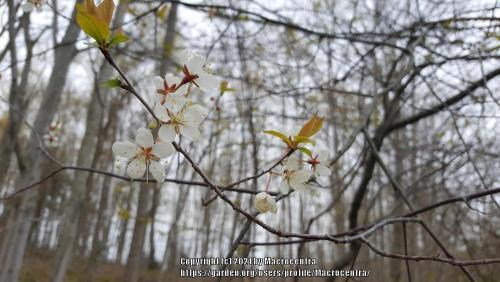
[32] Below: Hydrophyllum virginianum (Virginia Waterleaf). A native species that sometimes spreads through rhizomes to form large colonies.
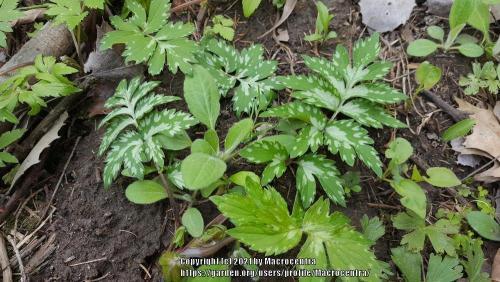
[33] Below: Caulophyllum thalictroides (Blue Cohosh).
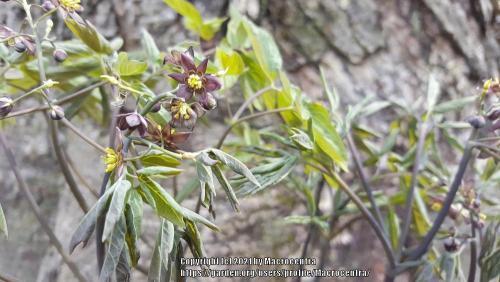
Discussions:
| Thread Title | Last Reply | Replies |
|---|---|---|
| About the "Anemone-Looking Plant" (#7) by sedumzz | Jul 7, 2021 7:06 AM | 0 |
Post a new thread about this blog entry: